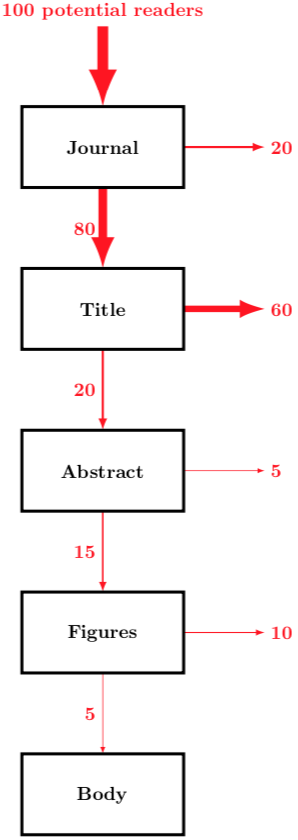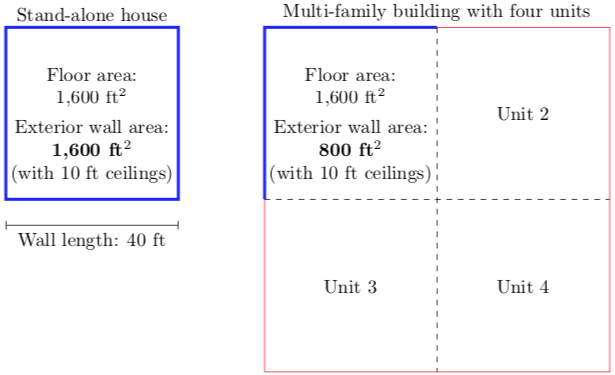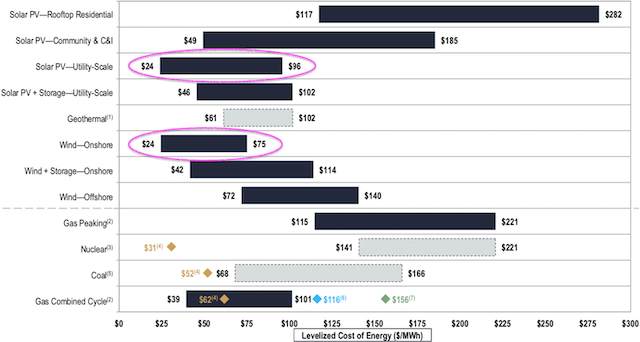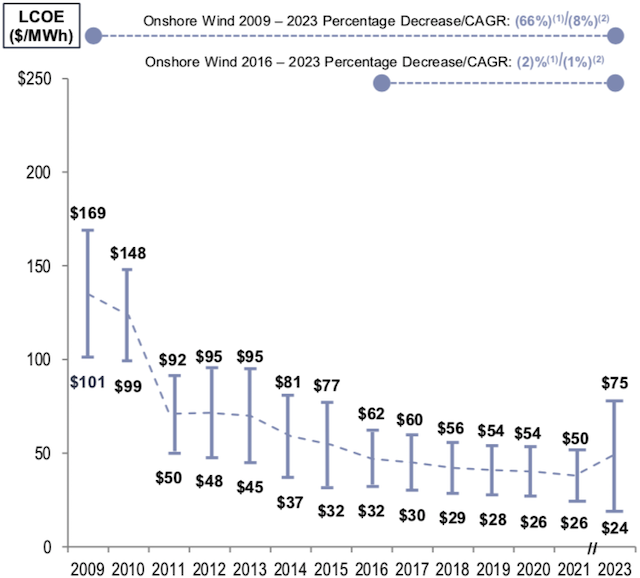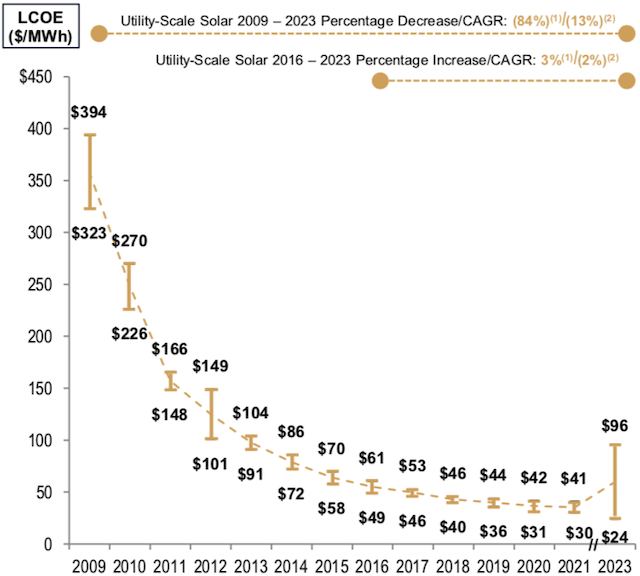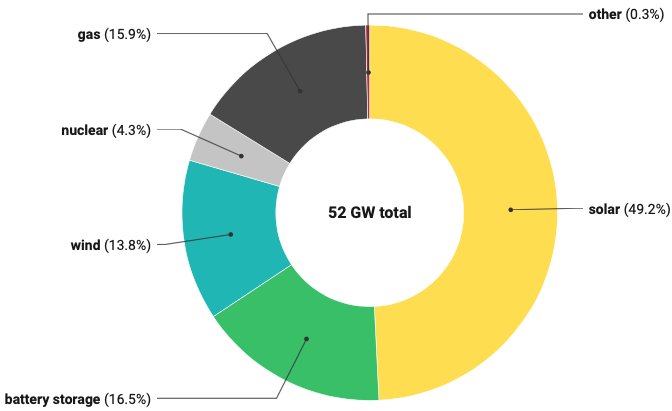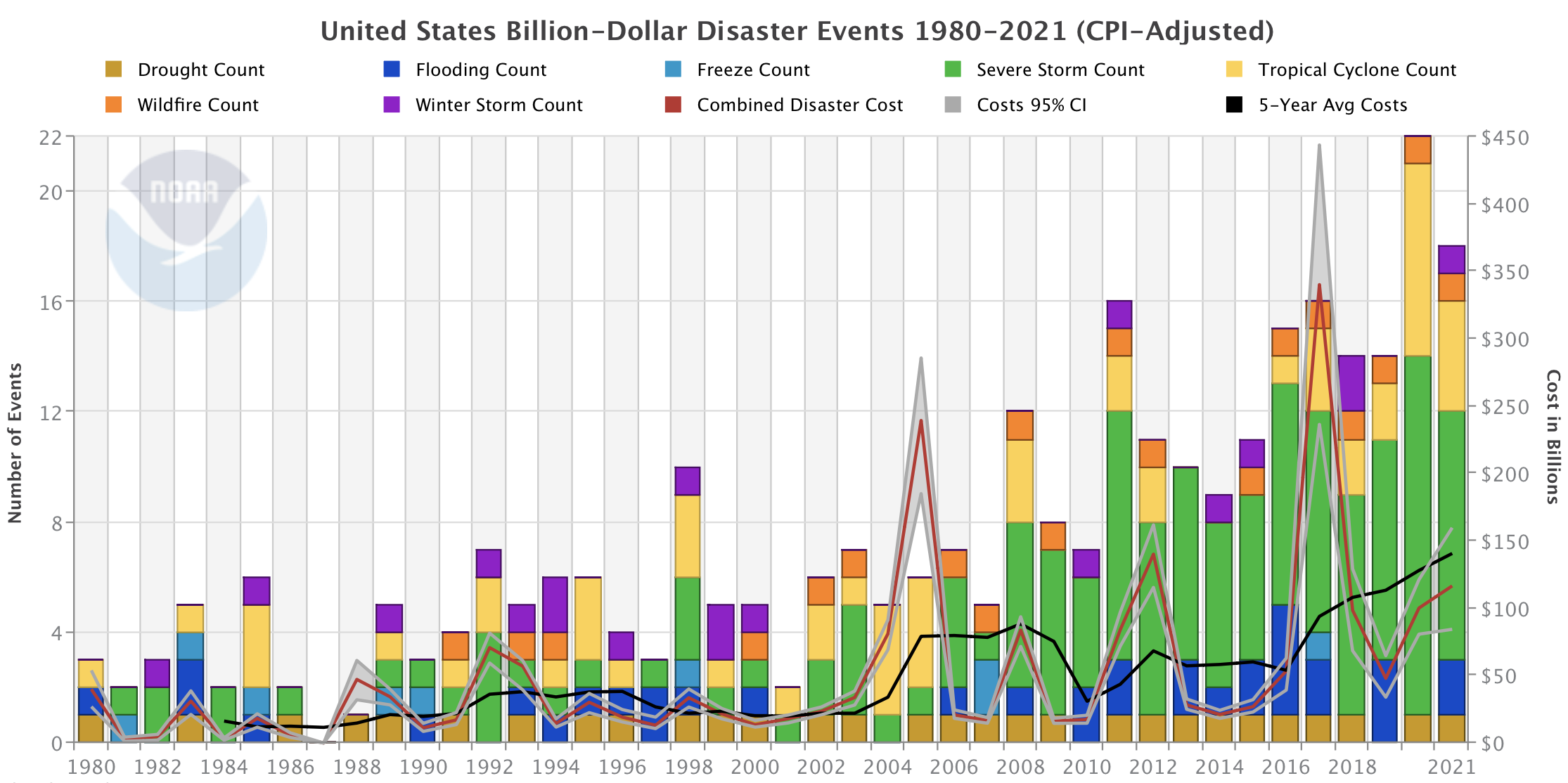Last month, the International Energy Agency1 (IEA) reported on what the world must do to maintain a livable climate and ensure that all people gain access to modern forms of energy such as electricity and clean cooking2. The IEA projects that the United States and other rich nations must reduce greenhouse gas emissions 80% from 2022 levels by 2035. Eighty percent in 13 years. The United States reduced emissions just 7% over the 13 years from 2009 to 2022.
Reducing emissions 80% by 2035 will not be easy, but we do have a clear strategy based on proven technologies that are economically viable today. The strategy consists of two steps, which we can implement concurrently: (1) clean up the power grid, and (2) electrify everything we can.
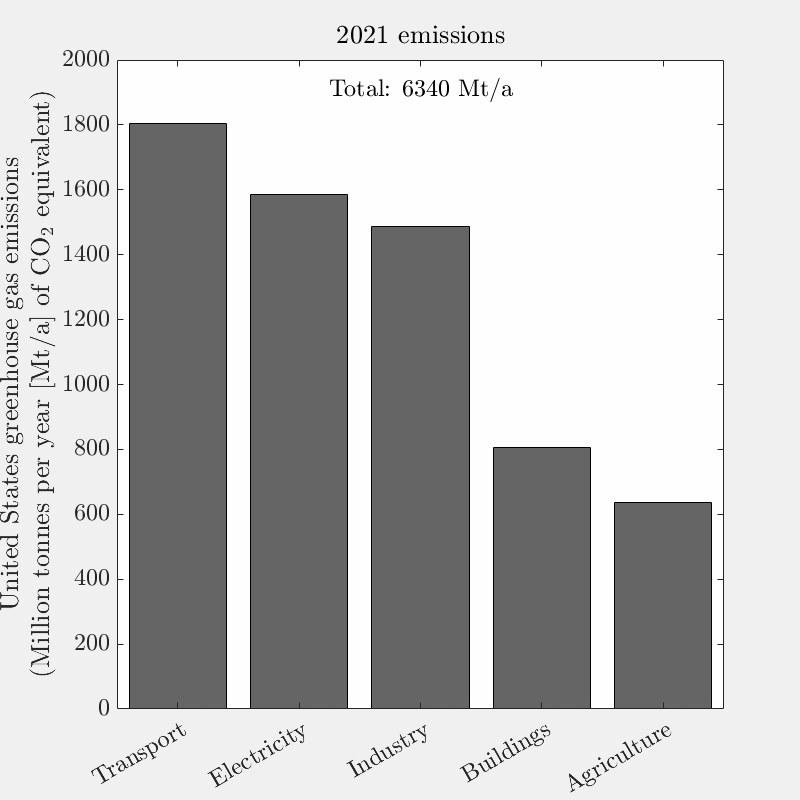
The animation above shows the Environmental Protection Agency’s latest estimates of United States greenhouse gas emissions. As of 2021, about 29% of United States emissions came from transportation, 25% from electricity generation, 23% from industry, 13% from residential and commercial buildings, and 10% from agriculture and other land use.
If we flipped a magic switch that converted all electricity generation to zero-emission sources, we’d reduce United States emissions by 25%.
If we flipped another switch that replaced all fossil-fueled light-duty vehicles (cars, minivans, pickups, and sport utility vehicles) with electric vehicles, we’d reduce emissions by another 16%3. If we also electrified all fossil-fueled space and water heat in our homes and businesses4, as well as all heat for low- and medium-temperature industrial processes5, we’d reduce emissions by another 20%, bringing the total reduction to 61%.
We can make these changes using existing technologies that are economically viable today: mainly wind turbines, solar panels, electric vehicles, and electric heat pumps. Other low-emission electricity sources, such as hydropower, geothermal, and nuclear fission, can play significant roles. Electricity and heat storage, as well as flexible energy demand, can promote reliability of energy supply. New power lines can carry renewable electricity from windy and sunny areas to cities.
While these transitions are feasible, they require speed and scale on par with the fastest infrastructure transitions that the United States has ever seen, such as rural electrification in the 1930s and ’40s, the Arsenal of Democracy manufacturing push in World War II, and building the interstate highway system.
It’s long past time to deploy proven technologies as fast as we possibly can. We don’t have time to wait and see if research and development efforts can make unproven technologies — like nuclear fusion or gigaton-scale carbon capture — technically feasible and economically viable. These technologies might help someday, but to echo Jigar Shah, director of the Department of Energy’s Loan Programs Office, now is the time to deploy, deploy, deploy.
What does “deploy, deploy, deploy” look like for individual Americans? It’s pretty simple, really. The next time we need to replace a car or truck, we can get an electric vehicle (or — way more fun! — an electric bike). The next time a furnace, boiler, or air conditioner needs replacement, we can get an electric heat pump. The next time a water heater or stove needs replacement, we can get a heat-pump water heater or induction stove. (The nonprofit Rewiring America publishes guides to planning home electrification projects and accessing rebates and tax breaks.) We can also install rooftop solar panels, join community solar programs, or sign up for a clean electricity plan if our utility offers one.
In addition to individual action, we need systemic change to accelerate clean-up of the power grid and electrification. We can vote, particularly in primaries and close general elections, for candidates who promise climate action. (Organizations like Climate Cabinet support candidates for state office who prioritize climate action.) Once candidates get elected, we can push them to deliver on their promises of climate action. We can do this alone, through office visits, phone calls, letters, social media, or email. Better yet, we can join groups that organize collective action. We can also divest our savings, if any, from banks that fund fossil fuel companies. (Marilyn Waite, the managing director of the Climate Finance Fund, maintains a list of sustainable banking and investment options.)
The parallel two-step strategy of cleaning up the power grid and electrifying everything we can will not, on its own, deliver all of the emission cuts that we need. But this strategy will go a long way toward deep decarbonization — 61% is not so far from 80% — and we can implement it using existing technologies that are economically viable today. To borrow a phrase from the IEA report, “the fierce urgency of now” requires it.
- Per Wikipedia, the IEA is an intergovernmental organization with 31 member countries and 13 associate countries, who collectively use 75% of global energy. ↩︎
- From Chapter 2 of the IEA report, about 35% of the world’s eight billion people currently lack access to electricity, clean cooking, or both. ↩︎
- The EPA estimates that 58% of transportation-sector emissions come from passenger-cars (21%) and light-duty trucks (37%), which include minivans, pickups, and SUVs. ↩︎
- The US Energy Information Administration estimates that 93% of fossil fuels burned in residential buildings go to heat space or water. Similarly, the IEA estimates (see Tables C1, E8, and E10) that space and water heat comprise 79% of fossil fuel burning in commercial buildings. Combining the residential and commercial numbers based on fossil fuel use in each sector, space and water heat comprise an estimated 89% of fossil fuel use in buildings. ↩︎
- A recent report on industrial electrification estimates that 13% of fossil fuel use in industry is in conventional boilers and another 21% is for process heat below 300 °C. ↩︎
